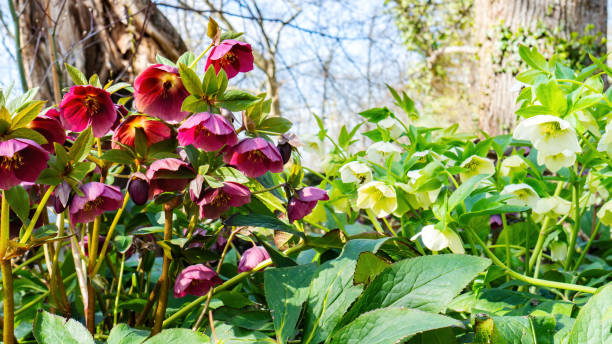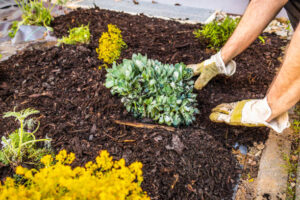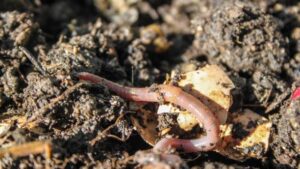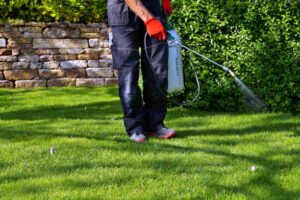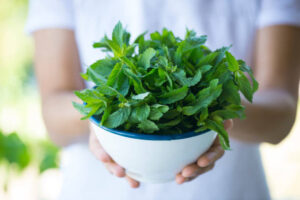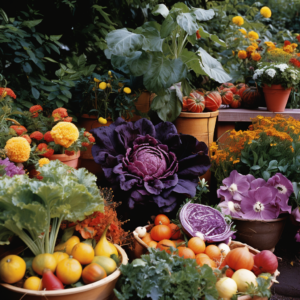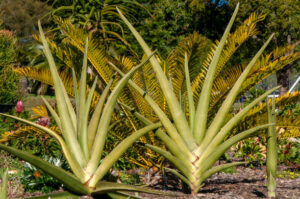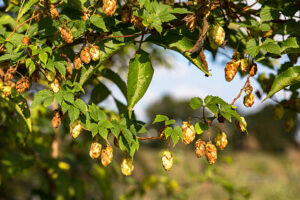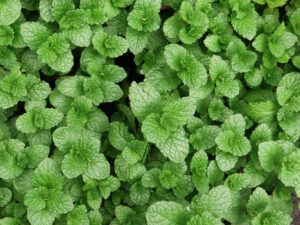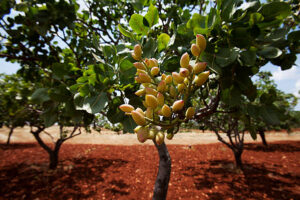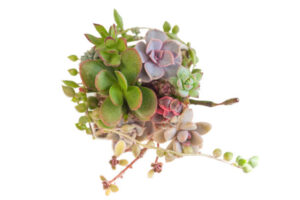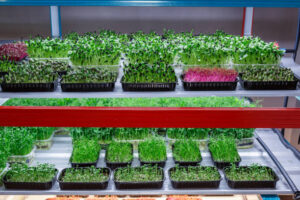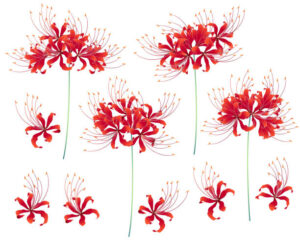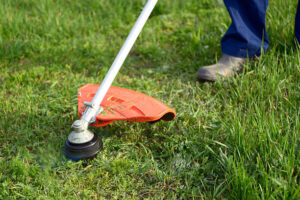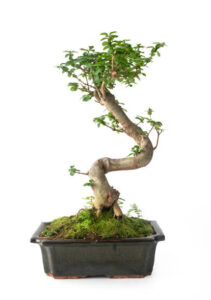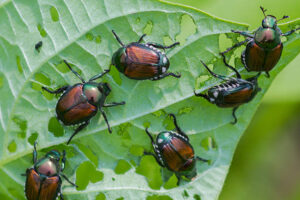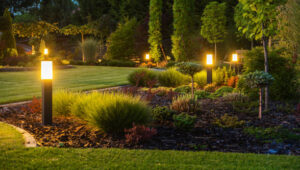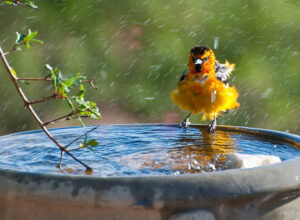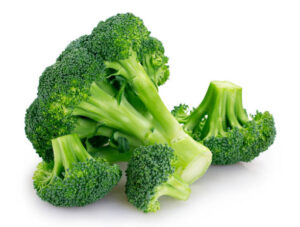Helleborus foetidus: The Intriguing Stinking Hellebore
Introduction
Enter the enchanting world of Helleborus foetidus, commonly known as the Stinking Hellebore. Despite its off-putting name, this unique plant is a captivating addition to any garden landscape. With its distinctive foliage, delicate flowers, and intriguing history, Helleborus foetidus offers a blend of beauty and intrigue that appeals to gardeners and plant enthusiasts alike. Join us as we explore the characteristics of this fascinating plant and uncover practical tips for growing and caring for Helleborus foetidus to ensure its health and vitality in your garden.
Meet Helleborus foetidus
Helleborus foetidus is a species of perennial flowering plant in the buttercup family, Ranunculaceae. Native to southern and western Europe, including the Mediterranean region and the British Isles, this intriguing plant is known for its dark green, leathery foliage and clusters of bell-shaped flowers. Despite its common name, the Stinking Hellebore is not actually known for emitting a strong odor; rather, the name likely stems from the unpleasant smell of the crushed leaves when handled. Helleborus foetidus typically grows in clumps and reaches heights of up to 2 feet, making it an excellent choice for borders, woodland gardens, and shaded areas.
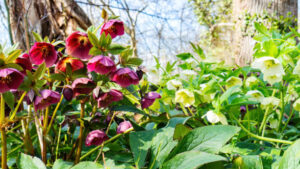
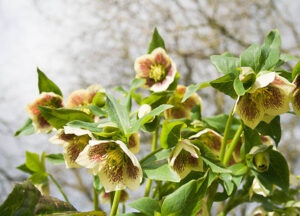
Tips for Growing Helleborus foetidus
Choose the Right Location: Plant Helleborus foetidus in a location that receives partial to full shade, as it prefers cool, moist conditions. Ensure that the soil is well-drained and rich in organic matter, with a slightly acidic to neutral pH. Avoid planting in areas prone to waterlogging, as excessive moisture can lead to root rot.
Provide Adequate Water: Water Helleborus foetidus regularly to keep the soil consistently moist but not waterlogged. During dry spells or periods of drought, increase watering frequency to prevent the soil from drying out completely. Mulch around the base of the plant to help retain soil moisture and suppress weeds.
Prune Dead or Damaged Foliage: Remove dead or damaged leaves from Helleborus foetidus as needed to maintain its overall health and appearance. Use clean, sharp pruners to snip off the affected foliage, taking care not to damage the healthy leaves or flower buds.
Fertilize Sparingly: Feed Helleborus foetidus with a balanced, slow-release fertilizer in the spring, just as new growth begins. Avoid over-fertilizing, as this can lead to excessive leafy growth at the expense of flowers. Follow the manufacturer’s instructions for application rates and timing to promote healthy growth and flowering.
Protect from Pests and Diseases: Keep an eye out for common pests and diseases that may affect Helleborus foetidus, such as aphids, slugs, and fungal leaf spot. Monitor the plant regularly and take appropriate measures, such as applying insecticidal soap or removing affected foliage, to prevent infestations and infections.

Conclusion
Helleborus foetidus, the Stinking Hellebore, is a fascinating and resilient plant that adds intrigue and beauty to shaded garden areas. By following these practical tips for growing and caring for Helleborus foetidus, you can ensure that this unique plant thrives and remains a focal point in your garden landscape. Whether planted as a specimen plant, in mixed borders, or in woodland gardens, Helleborus foetidus offers year-round interest with its dark green foliage and delicate flowers. Embrace the allure of Helleborus foetidus in your garden and enjoy the enchanting presence of this captivating plant.

